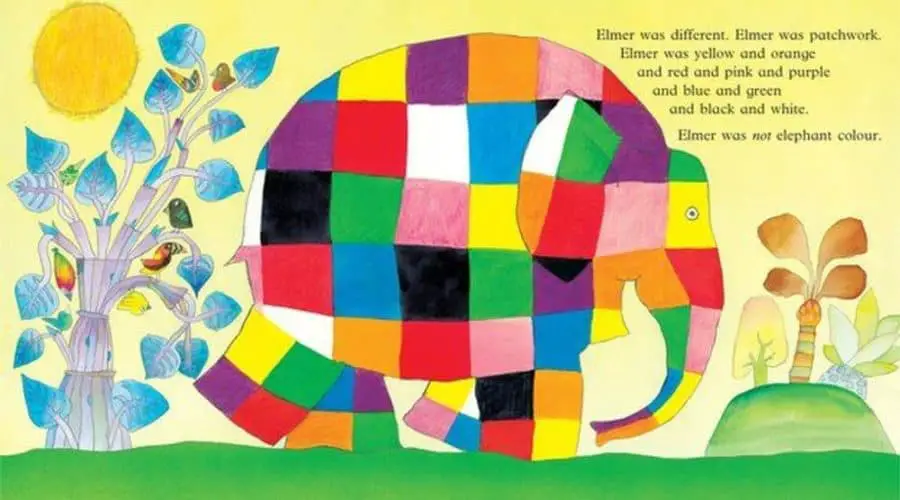What is ‘the self’?
Is it not possible that the rage for confession, autobiography, especially for memories of earliest childhood, is explained by our persistent yet mysterious belief in a self which is continuous and permanent; which, untouched by all we acquire and all we shed, pushes a green spear through the dead leaves and through the mould, thrusts a scaled bud through the year of darkness until, one day, the light discovers it and shakes the flower free and—we are alive—we are flowering for our moment upon the earth?
Katherine Mansfield, Katherine Mansfield Letters And Journals: A Selection
In medieval times, people believed that individuals had a predetermined life path. You could learn your destiny by connecting with God. Some modern people still think in these terms.
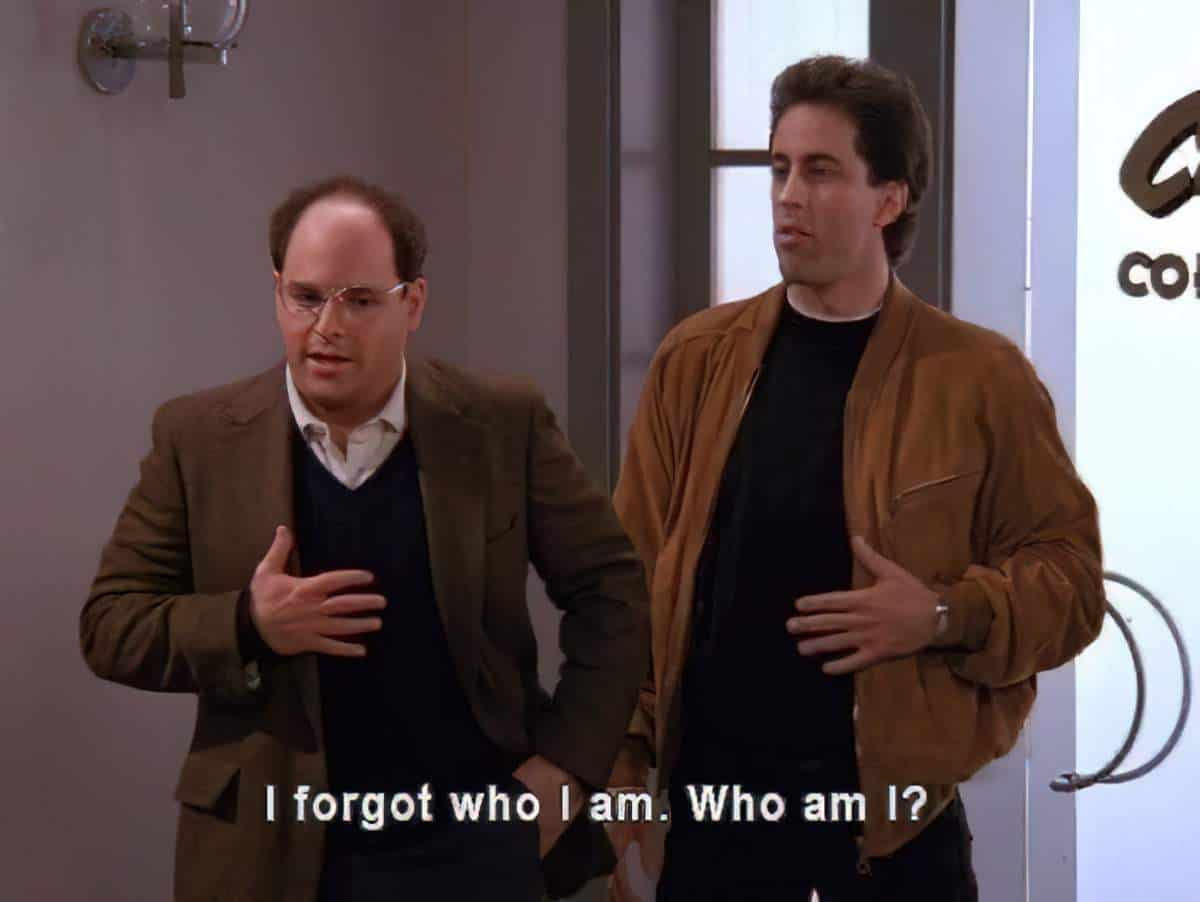
LOOSE AND TIGHT SOCIETIES AND PEOPLE
Academics who study different cultures have come up with various ways of taxonomising those cultures. Some of those grand theories are pretty well-known among laypeople. I’m familiar with the axes of individuality, collectivism, e.g. family oriented vs individualistic. You also get hierarchical vs egalitarian societies.
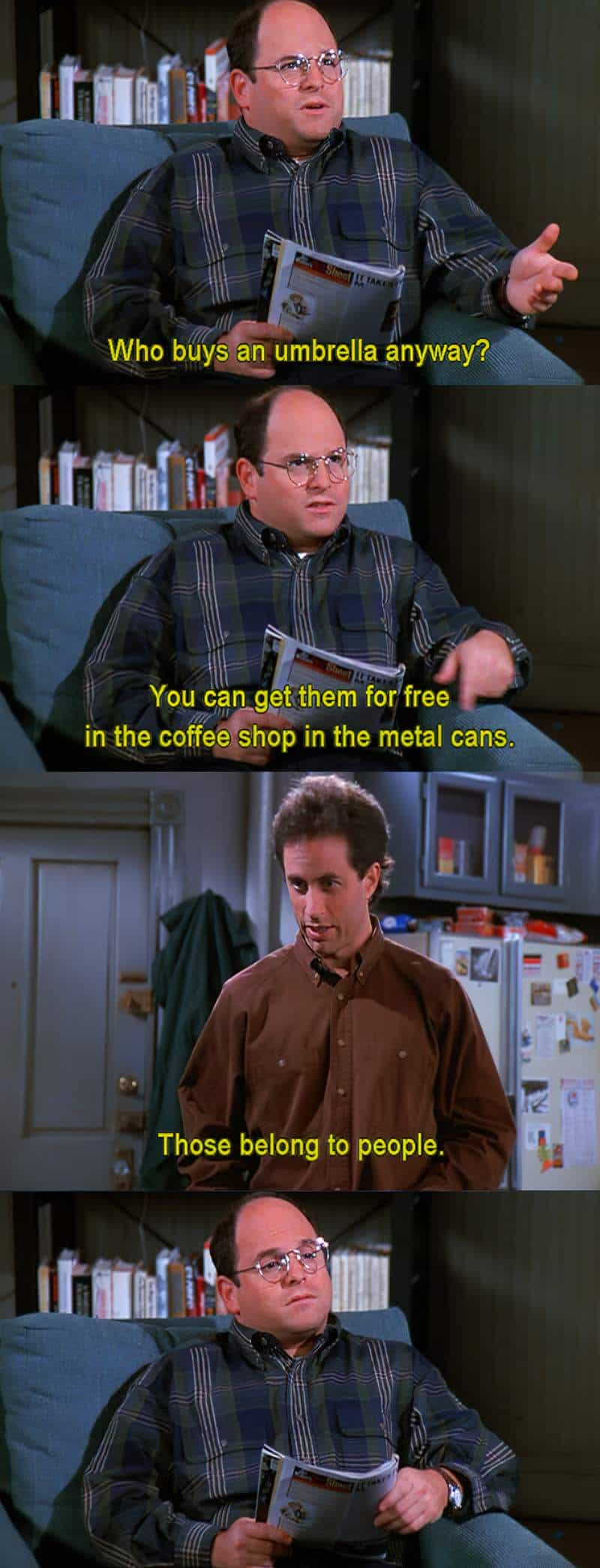
Recently I listened to cultural psychologist Michele Gelfand talk about her theory of ‘loose’ vs ‘tight’ societies on Sean Carroll’s Mindscape podcast.
This spectrum refers specifically to the extent to which social norms are automatically respected. We don’t often recognise the rules that are all around us until someone breaks them.
Are you living in a tight or in a loose society?
- Would you avoid crossing the street when the little flashing man remains red, even if there are no cars coming?
- In your country, are you fined for littering, chewing gum or for leaving dog poo on the street?
- Are you currently dressed in almost identical clothing to the people around you?
- Do the city clocks each display the same time?
If so, you’re probably living in a “tight” culture.
Gelfand tells us that the most successful societies tend to sit somewhere between loose and tight.
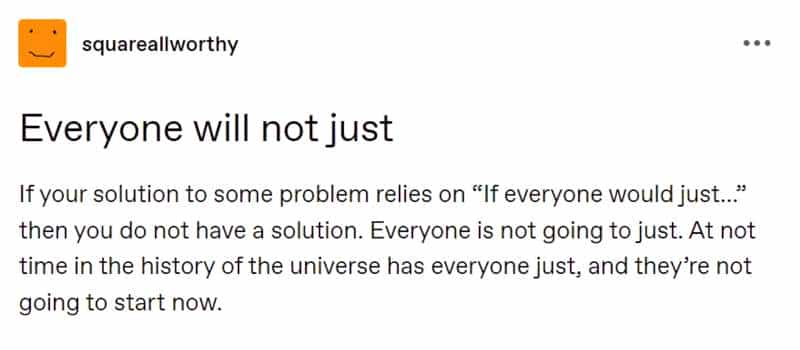
LOOSE AND TIGHT INDIVIDUALS
It’s not just societies we can describe as loose or tight, but each of us living within our society sits at a slightly different point along the spectrum.
LOOSE AND TIGHT SITUATIONS
Situations also vary in tightness. A job interview is a ‘tighter’ situation whereas a party with friends is a ‘looser’ situation.
LINK TO COLLECTIVISM
This metric is independent from other variables like economics and political leaning. Tightness tends to be positively correlated with collectivism but there are many tight, individualistic societies e.g. Switzerland. Brazil is the inverse. They value family but have looser norms.
ADVANTAGES AND DISADVANTAGES OF EACH
Looser cultures have more tolerance for difference. This includes tolerance for people of different races and religions. Looser cultures are more open to change, more creative and also have more crime.
Tight cultures are more ethnocentric, have more cultural inertia and less creativity.
EXAMPLES OF LOOSER SOCIETIES/contexts
- Oregon, USA
- New York, USA
- New Zealand
- Italy
- Brazil
- Greece
- Public parks (tighter in Pakistan than in the USA)
- University
- Rural areas in China
EXAMPLES OF TIGHTER SOCIETIES/contexts
- Alabama, USA
- North Carolina, USA (honour cultures tend to be pretty tight)
- Japan
- Singapore (known as the ‘fine country’ — you can get fined for chewing gum)
- Germany
- Austria
- Saudi Arabia
- Libraries
- Funerals
- Job interviews
- The military
- Airlines
- Urban areas in China
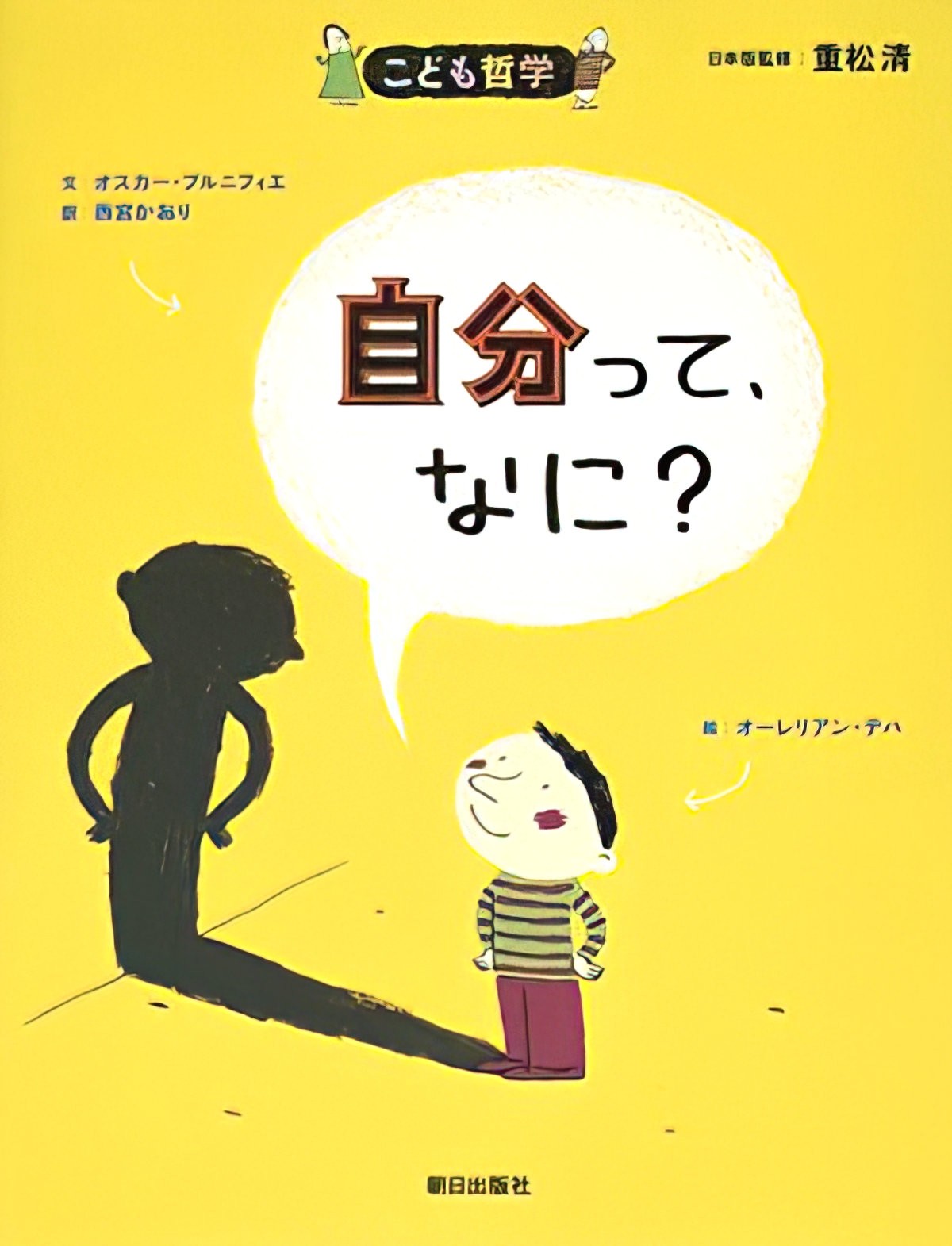
Why do some countries evolve tighter?
It depends on how much threat that culture has endured historically, whether from chronic natural disasters (Japan) or from war, or from population density. Singapore is so tight to allow so many people to live together.
You need strong rules to coordinate to survive. However, diversity can override population density when it comes to settling at a point on this continuum. New York is also densely populated but unlike Singapore is loose. Mobility is another lever towards looseness.
Freedom to break rules is not just a geographical thing. It’s also a socio-economic thing. Within the same societies, richer people tend to value individuality while poorer people tend to value conforming to social rules. This is because when rich people break rules, the rule breaking itself is interpreted differently, with far more leniency.
NEW ZEALAND VS JAPAN
I love Gelfand’s theory of culture — it makes a lot of sense. I grew up in New Zealand, rarely leaving New Zealand until the age of 17 when I spent a year as an exchange student in Japan. The hardest thing to adapt to was the tightness of Japanese society. I found the differences fascinating:
- In New Zealand no one cared if we walked down the street eating a sandwich. In Japan however we were given strict instructions not to eat in public. An exchange student had the previous year got into big trouble for eating bread at the school train station.
- In New Zealand I had worn mufti (free choice) clothing in senior high school. In Japan, my host mother requested I avoid wearing my very comfortable, bright red corduroy trousers because ‘people would talk’. In New Zealand, if you’re feeling a bit chilly you put on long sleeves and long pants. In Japan, there are set days when you are supposed to switch from summer to winter clothing and vice versa.
- In New Zealand, small talk has no particular script. There are certain safe topics, such as the weather, but there is not the stock of ‘set phrases’ that has evolved in Japanese. When you write a letter in Japanese, it is mandatory to open with a poetic phrase about the weather. It is also mandatory to include two pieces of paper in the envelope even if you’ve only written on one.
I could list many, many more examples of the differences between New Zealand and Japan’s social norms. Overall, I think the extremely circumscribed lifestyle required of Japanese people is what ultimately sent me back to live the rest of my adult life in the West. Fascinating as these differences are, I prefer living in a looser society long term. These days I live in Australia, which I imagine is similar to New Zealand, leaning loose.
Tight and loose are dynamic constructs. It’s possible that after the mass shooting incident in Christchurch recently that my hometown has veered a little tighter than before.
Tight/looseness is a concept Gelfand prefers to reserve for describing societies rather than individuals because the terminology can get confusing once we start using the same word to describe both. (That’s what happened to the word ‘collectivist’, which is applied to both societies and to individuals.) When describing individuals, be mindful of an important distinction — we’re referring to mindsets rather than ‘personalities’.
Psychologists can do experiments that make people tighten up. All we need is a perceived threat and we tighten up. However, it takes a lot longer for tight mindsets to loosen. Psychologists are currently trying to work out a way of loosening up a society that has become too tight to allow for adaptability.
When I was at high school the default trope for English teachers was ‘Individual vs Society’ and literature was read through that lens. The “vs” part was taken for granted: an adversarial relationship, now being played out every day in public health matters: mental health vs contagion.
Kerryn Goldsworthy, August 28, 2020
SOCIAL NORMS IN CHILDREN’S STORIES
“The word “indie” is meaningless now. It’s so over-used that people think it simply means green hair.”
Morrissey
During her interview with Carroll, Gelfand mentions picture books, which got me thinking about whether picture books, as a corpus, swing loose or swing tight.
Elmer is the story of a patchwork coloured elephant. Do you remember how Elmer ends? Hint: The story does not end with Elmer painting himself grey in order to fit in.
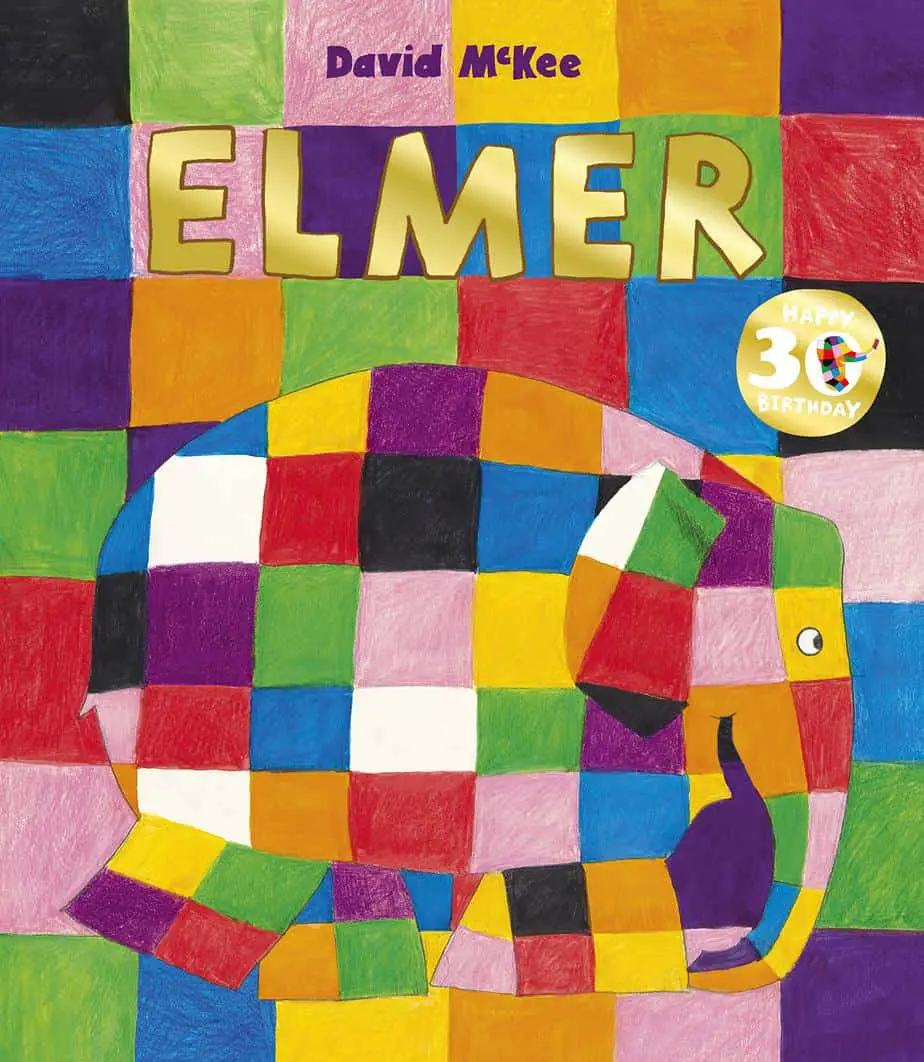
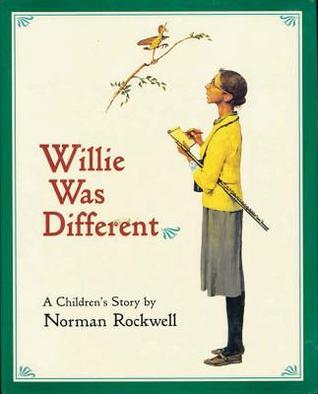
Elmer the Elephant has proven so popular that there is a whole series of picture books featuring his adventures. Basically, it’s an elephant who is patchwork instead of grey, which could symbolise any way in which a child happens to be different from other children.
The storyline and message is similar to Freckleface Strawberry by Julieanne Moore, which is specifically about the difference of having red hair and freckles.
(Elmer’s Special Day has since been turned into an app, if you happen to own an Apple touch device.)
Other examples of picture books in which the reader is encouraged to break the mould:
- Giraffes Can’t Dance by Giles Andreae
- Red: A Crayon’s Story by Michael Hall
- Stephanie’s Ponytail by Robert Munsch
- Exclamation Mark by Amy Krouse Rosenthal
- Stand Tall, Molly Lou Melon by Patty Lovell
- Thelma the Unicorn by Aaron Blabey
- Happy Dreamer by Peter H. Reynolds
- A Bad Case of Stripes by David Shannon
CARLA’S SANDWICH
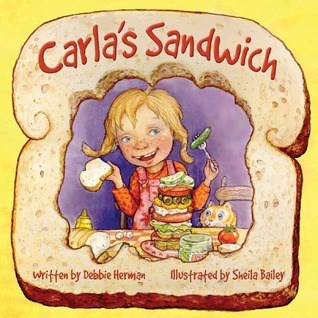
Carla’s lunch box is filled with odd delights like the Olive, Pickle and Green Bean Sandwich, the Banana-Cottage-Cheese Delight, and the unforgettable Chopped Liver, Potato Chips, and Cucumber Combo. To Carla, they are delicious and creative lunches, but her teasing classmates are unconvinced and abandon her at the lunch table to eat her bizarre sandwiches alone. One day, however, tables turn when Buster—the worst tease of all—forgets his lunch on the day of the picnic and Carla thoughtfully offers him her extra sandwich. Her own spirited nature helps Carla teach her classmates that “unusual” can actually be good.
AVOCADO ASKS
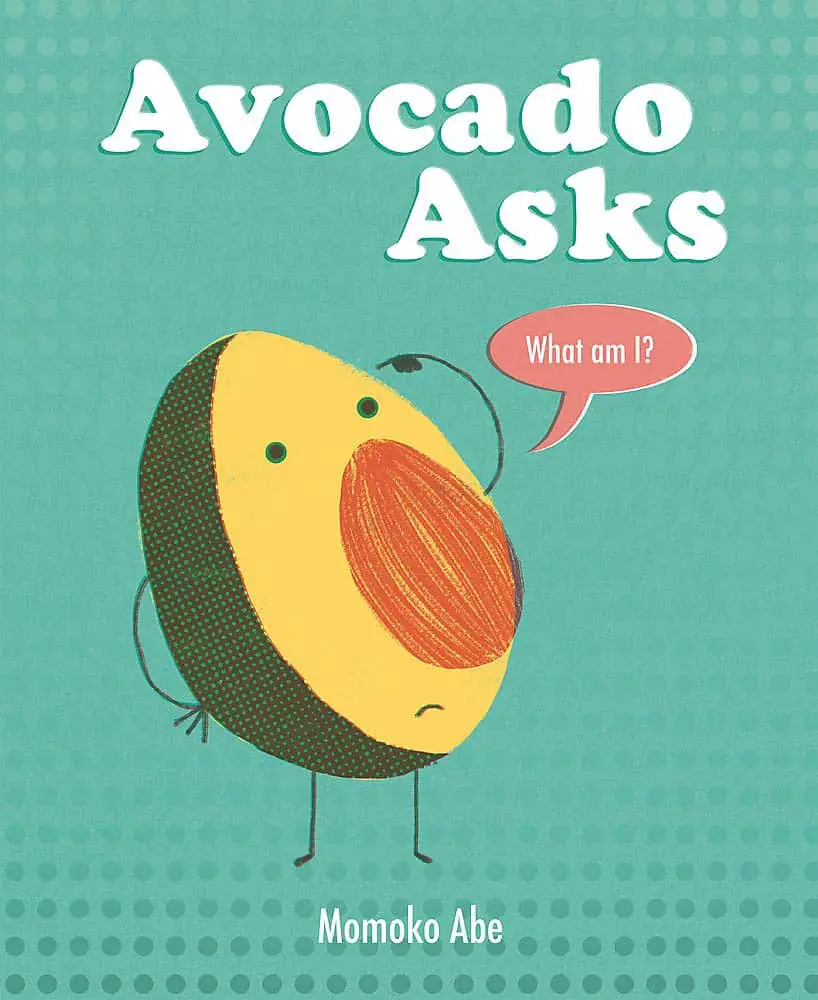
Avocado is feeling just fine in the fruit and veg aisle at the supermarket – until a young customer asks a difficult question: “Is an avocado a fruit or a vegetable?” Avocado doesn’t know the answer either – and the question won’t seem to go away!A brilliantly funny book about identity and being confident in your own skin – featuring the world’s most popular superfood!
GIRAFFE
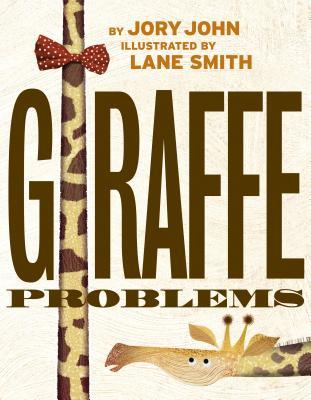
Penguins aren’t the only animals with problems. . . . A second hilarious collaboration from picture-book superstars Lane Smith and Jory John!
Can you guess what’s making this giraffe self-conscious? Could it be . . . HIS ENORMOUS NECK Yes, it’s exactly that–how on earth did you figure it out?
Edward the giraffe can’t understand why his neck is as long and bendy and, well, ridiculous as it is. No other animal has a neck this absurd. He’s tried disguising it, dressing it up, strategically hiding it behind bushes–honestly, anything you can think of, he’s tried. Just when Edward has exhausted his neck-hiding options and is about to throw in the towel, a turtle swoops in (well, ambles in, very slowly) and helps him understand that his neck has a purpose, and looks excellent in a bow tie.
Little Nic’s Big Day by Nic Naitanui and Fatima Anaya
“Nic Nat” is an AFL player (Australian Football). This story is conveys the idea that everyone can be different and still be friends. In the story there is a boy who loves to dance ballet.
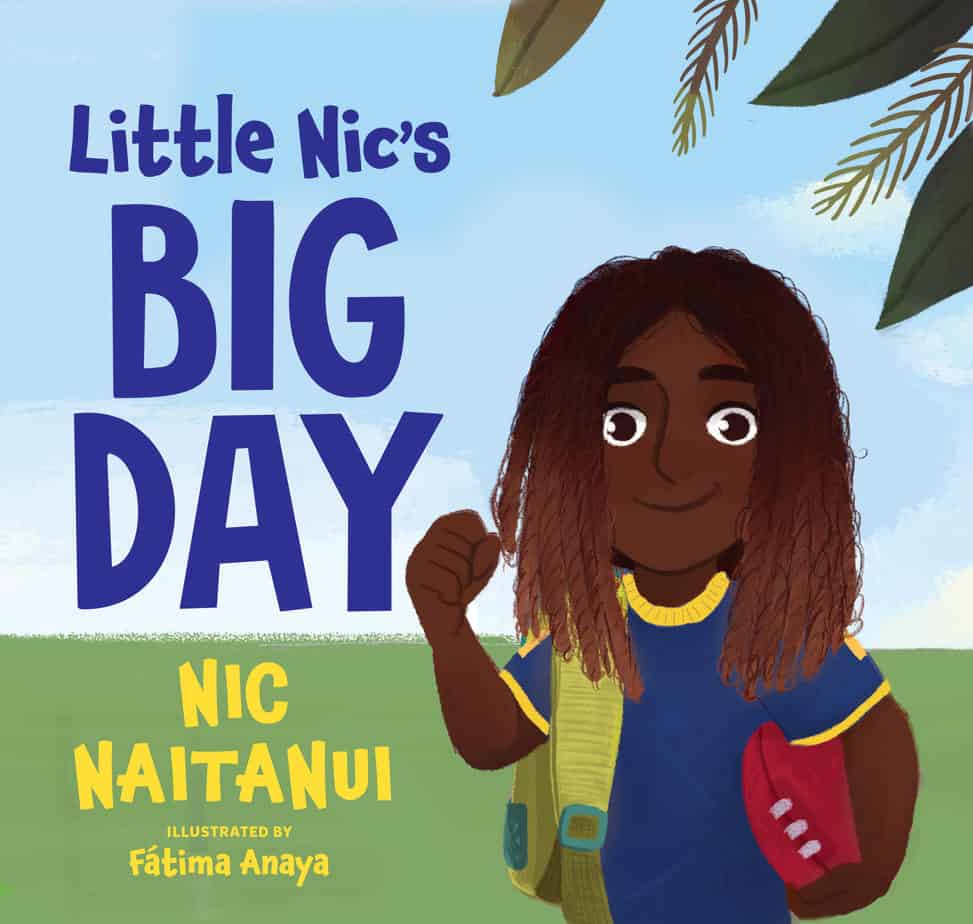
A heart-warming celebration of all the wonderful ways kids are truly themselves.
Wake up, little Nic. It’s your very first day!
Your school clothes are ready. Let’s get on our way.
Mum, I’m not sure. I’m a little bit wary.
Will I make friends? Will it be scary?
Nic is nervous about his first day … but with the help of his mum and a whole class of new friends, it might just be the best day ever.
‘I wrote this for tots, teens and all human beings. Let’s embrace our differences and celebrate our diversity!’ – Nic Naitanui
THE MUPPETS
Gelfand uses American Muppet characters to illustrate various loose vs. tight personalities, with Bert (or Ernie and Bert) at the tight end, Animal at the loose end.
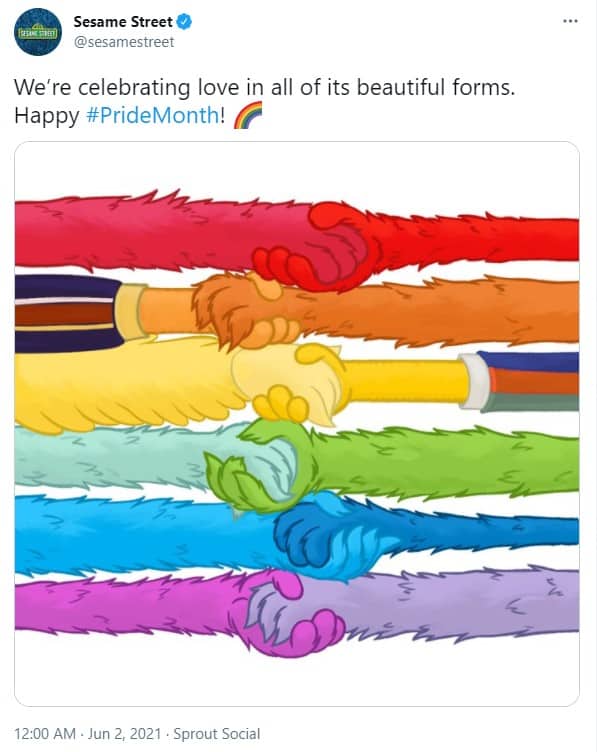
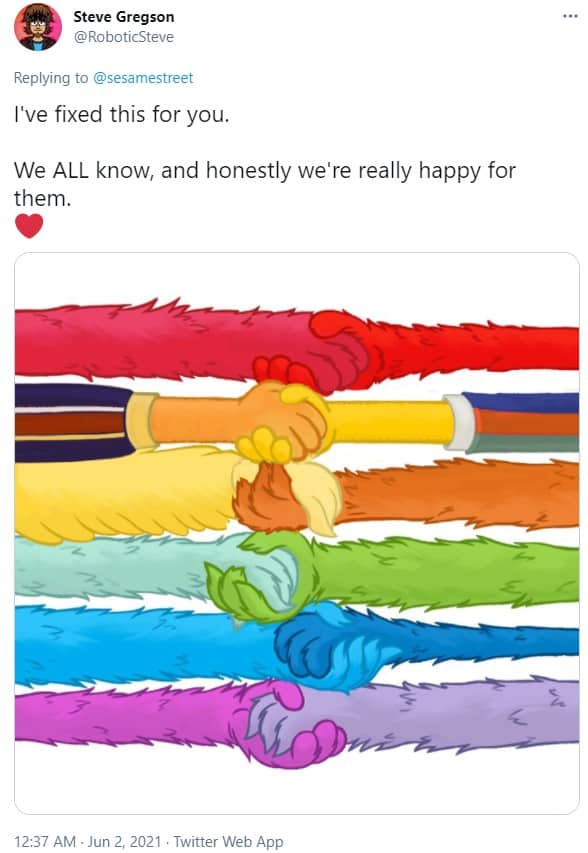
Bert doesn’t even want to play a simple guessing game. Animal, on the other hand, performs Bohemian Rhapsody on stage and doesn’t bother getting the words right.
In 1990s Japan, it’s telling of the tightness that there was a TV game show in which the contestants had to perform a pop song from memory without getting a single word wrong.
The following is a topic for someone’s PhD, but I put it to you that people who write for children and who are drawn to children’s publishing tend to swing loose, compared to their surrounding culture. The big publishing houses in America cluster in New York, which swings loose. If they were clustered in Alabama, we’d probably see children’s books swing slightly tighter.
BEING YOURSELF: A RARE LUXURY?
Instead of looking at the geographical spread of publishing houses, safer to look at the stories themselves. What is the dominant ideology regarding following the rules? Gelfand has noticed many picture books place emphasis on Being Yourself. But who, exactly, has the luxury of being themselves?
In tight cultures such as Japan, children are taught to be keen self-monitors, to look at their own actions and be aware of how they are fitting in. Structure and conformity is prioritised in these societies.
In loose cultures, children (and adults alike) must develop a high tolerance for ambiguity. In loose cultures we are going to encounter a lot of unexpected behaviours and weird situations. Picture books such as those listed above seem to have a message which teaches children to be comfortable with ‘weird situations’. To encounter a patchwork elephant is the ultimate weird situation, picked as metaphor for looseness by David McKee.
MIGHT SOCIO-ECONOMIC STATUS AFFECT A CHILD’S RESPONSE TO A PICTURE BOOK?
Socio-economic difference in regards to social norms can be seen in children by age three. Working class parents teach their children that rules are important. Upper class kids are more likely to laugh when puppets in a lab break the rules.
I refer you now to the great corpus of carnivalesque children’s books. With Gelfand’s research in mind, might carnivalesque stories be decidedly middle class?
SOCIAL NORMS AND YOUNG ADULT LITERATURE
The ideology of looseness = good persists right through the age-range of children’s books, intensifying in young adult literature. Below is a rare critique of this ideology, by someone who lives in New York (a loose city), but whose biography shows was educated at a private girls’ college in Pennsylvania (possibly tight):
“Not like the other kids” is a dangerous ideology, and it’s one that constantly gets peddled, especially to the kinds of teens who are choosing to spend their free time reading YA novels. Out of all the toxic ideas I believed as a teenager, this is probably the one that I’m still struggling the most to get away from. And it’s not one I’m happy to see repeated in literature, or in the communities discussing literature.
But the protagonist wouldn’t be the protagonist if they were just like all the other kids. Would they?
YA Subscription
INDIVIDUALITY AND WEALTH
On the Mindscape podcast interview, Sean Carroll quips that ‘all those stories about Hollywood rich kids who refuse to follow the rules are just the truth’.
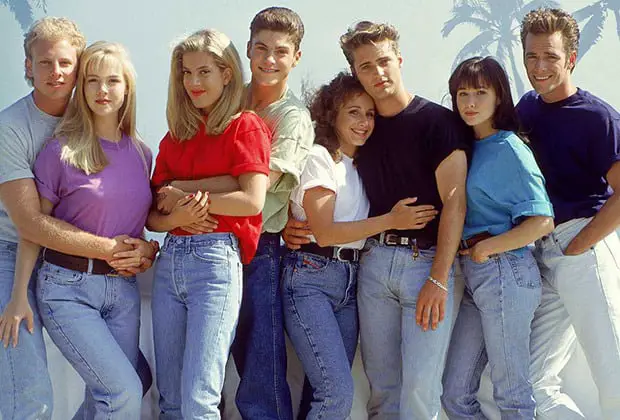
Gelfand responds that the socioeconomic-looseness relationship is, like many things, curvilinear. The more money and status you have, the more you’re allowed to be yourself.
- Michelle Gelfand’s book is called Rule Makers, Rule Breakers.
- Gelfand has a tight-loose mindset quiz that you can take on her website. (As would be expected for someone who grew up in New Zealand and later experienced Japan, I scored ‘moderately loose’.)
CHILDREN’S LITERATURE ABOUT INDIVIDUALITY AND BEING YOURSELF
THE GIVER BY LOIS LOWRY
In The Giver, Lois Lowry uses the motif of a mirror (and a character’s lack of interest in it) to signal that the individual is less important than the group.
Mirrors were rare in the community; they weren’t forbidden, but there was no real need of them, and Jonas had simply never bothered to look at himself very often even when he found himself in a location where a mirror existed. Now, seeing the newchild and its expressions, he was reminded that the light eyes were not only a rarity but gave the one who had them a certain look — what was it? Depth, he decided; as if one were looking into the clear water of the river, down to the bottom, where things might lurk which hadn’t been discovered yet. He felt self-conscious, realizing that he, too, had that look.
The Giver
SHADOWS ON THE MOON
Much young adult literature is concerned with the task of finding out one’s true self. What makes the character an individual?
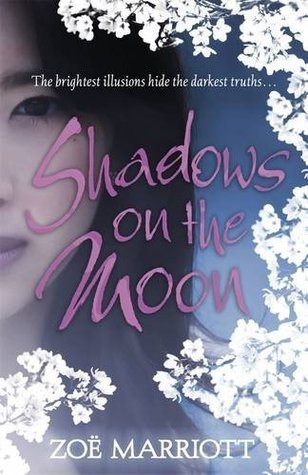
Trained in the magical art of shadow-weaving, sixteen-year-old Suzume is able to recreate herself in any form – a fabulous gift for a girl desperate to escape her past.
But who is she really? Is she a girl of noble birth living under the tyranny of her mother’s new husband, Lord Terayama, or a lowly drudge scraping a living in the ashes of Terayama’s kitchens, or Yue, the most beautiful courtesan in the Moonlit Lands?
Whatever her true identity, Suzume is destined to capture the heart of a prince – and determined to use his power to destroy Terayama. And nothing will stop her, not even love.
STARGIRL
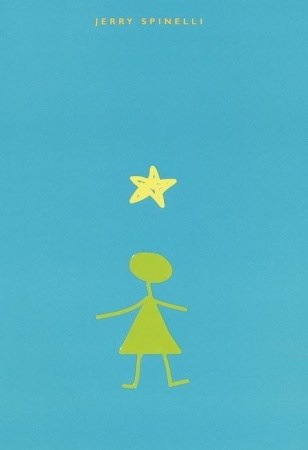
Leo Borlock follows the unspoken rule at Mica Area High School: don’t stand out–under any circumstances! Then Stargirl arrives at Mica High and everything changes–for Leo and for the entire school. After 15 years of home schooling, Stargirl bursts into tenth grade in an explosion of color and a clatter of ukulele music, enchanting the Mica student body.
But the delicate scales of popularity suddenly shift, and Stargirl is shunned for everything that makes her different. Somewhere in the midst of Stargirl’s arrival and rise and fall, normal Leo Borlock has tumbled into love with her.
In a celebration of nonconformity, Jerry Spinelli weaves a tense, emotional tale about the fleeting, cruel nature of popularity–and the thrill and inspiration of first love.
PICTURE BOOKS ABOUT BEING YOURSELF
More on some of the books listed above…
PEARL BARLEY AND CHARLIE PARSLEY BY AARON BLABEY
Pearl is an extrovert, Charlie an introvert (as described by what each of them likes to do), but they are great friends regardless and help each other out. This teaches children that people are all different but can be friends regardless.
SUNDAY CHUTNEY BY AARON BLABEY
This is another book which celebrates individuality. Sunday Chutney is a little eccentric, and the story reminds me of the opening sequence of the movie Amelie, in which Amelie gives us a snapshot of her strange life, including a rundown of the things she does and does not like.
Sunday Chutney sometimes feels lonely because she is always the new kid at school. (Her dad’s job means they move a lot.) There would be a lot of kids in this position – I was one of them all through primary school – and this book might help them to feel as if being new or different (or both) isn’t so bad.
Sunday Chutney is a well-chosen name for a children’s book, and I think it was the name which grabbed my attention – especially since I had already read the Pearl Barley and Charlie Parsley book, so assumed (without knowing the author’s name) that the book had been created by the same person. (Did you know that one of Diana Ross’s daughters is called Chudney? With a ‘D’? Happy days.)
Here is a great interview with Aaron Blabey.
MILO ARMADILLO BY JAN FEARNLEY
A little girl wants a pink fluffy rabbit because all the other kids have got one and she doesn’t want to be different. No one can find a pink fluffy rabbit, so grandma decides to knit one, but it ends up looking more like an armadillo. The girl gets laughed at. The toy seems to come to life, and they play together. But whatever the armadillo does, the girl is critical, thinking a rabbit would do it better.
I’m not sure why, but this book did manage to pull on my heart strings a little – I think it’s the expression on the armadillo’s face when he decides to go back to grandmother for an unravel and reknit.
Fortunately, the girl realises how special her armadillo is, and no one gets unravelled.
The knitting theme is prominent in the illustrations and page design, with textures made of photographs of knitting, and occasional fancy font reminiscent of looped wool.
WHAT COLOUR IS YOUR WORLD? BY BOB GILL
This was first published in 1962 and was still in print in 2008. It teaches colours, but in an original way, because different people see that the objects in their lives are not necessarily viewed in the same hue.
I thought this was going to be a book which teaches a basic concept of art (that the sky isn’t always blue, for instance) but the milk is brown and the cabbages are blue, so I think it’s simply about indulging in your eccentricities.
(Still, I wouldn’t drink brown milk.)
NAKED MOLE RAT GETS DRESSED BY MO WILLEMS
I love books by Mo Willems, which appeal to the humour of adults equally. Besides, there’s something inherently funny about naked mole rats.
In this story, one naked mole rat bucks trends by deciding to wear clothes. This causes a stir, but catches on. By the end of the story, some naked mole rats are wearing clothes and some aren’t, but they’re all having a lovely time regardless. So this story is about going your own way, while pointing out the inherent ridiculousness in some of the social conventions we take for granted as normal.
LUKE’S WAY OF LOOKING BY NADIA WHEATLEY ILLUSTRATED BY MATT OTTLEY
Misunderstood by his teacher, the boy in this story sees the world differently from other people. This is reflected in his art assignments, which are meant to be realistic but which he depicts in an abstract way.
One day he escapes school and spends the day at the art gallery. This only spurs his imagination. When he arrives back at school the teacher doesn’t know what to say, so doesn’t say anything at all.
Suspension of disbelief is needed here, because a kid absconding from school these days is very much on the radar of the truancy admin team, or should be, but perhaps the world has changed even since this picturebook was published, in 1999.
Despite that plot hole, the story is a good one, with fantastic artwork, and will strike a chord with any kid who has ever been misunderstood by his or her teacher for failing to follow instructions to the letter.
GIRAFFES CAN’T DANCE BY GILES ANDREAE ILLUSTRATED BY GUY PARKER-REES
The author wrote this book after noticing while in Africa that giraffes are far more graceful than one would expect given their ungainly looking neck and limbs. When he returned home he wrote this story, in which the giraffe surprises all the jungle creatures at a dance by his unexpected graceful moves.
This is a story about having a go even if you don’t think you’re going to be any good at it, and secondary to that it’s about doing things your own way, because while all the other animals are doing a ‘type of dance’ (cha cha, Scottish dancing etc.) the giraffe simply dances.
More books about male characters who dance.
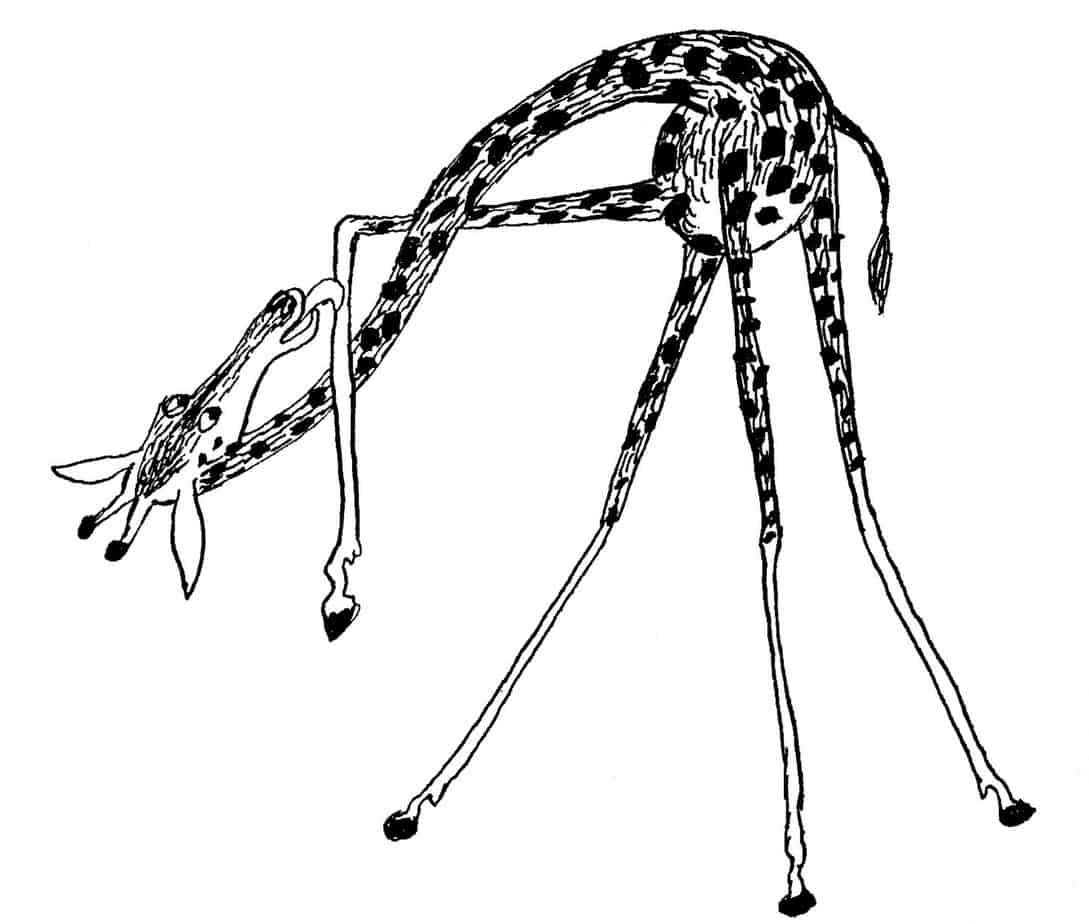
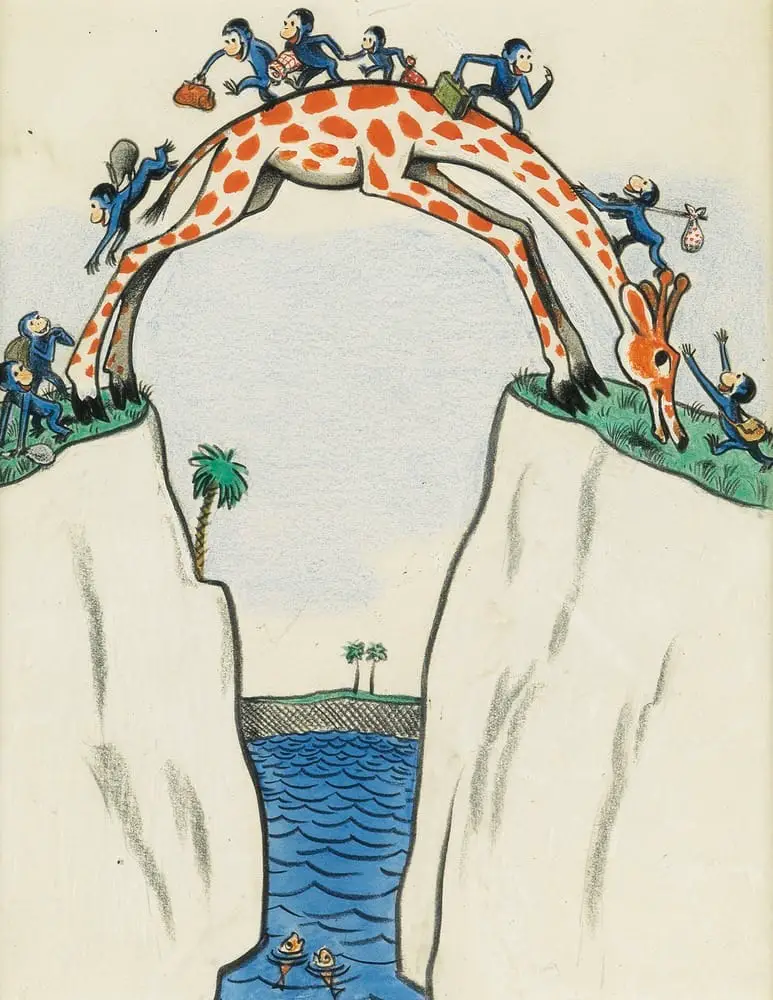
LA COSA PIU IMPORTANTE BY ANTONELLA ABBATIELLO
The most important thing for the rabbit is having long ears, but the giraffe doesn’t agree: it is better to have a long neck to reach the most supple leaves on the top of the trees, isn’t it? That’s how a passionate discussion among the animals of the forest starts, during which each one of them celebrates their own main feature as the best that one could have.
Meanwhile the pictures consequently modify the appearance of the participating animals bestowing the praised feature to each of them. It is only thanks to a wise owl that the animals are persuaded to stop their crazy game of imagining themselves all the same, and each one finally starts to feel important for their own peculiarities. … [This book] represents an invitation to look at diversity as a richness.
The World Through Picture Books
ZOMBIES DON’T EAT VEGGIES!
A parent/child inversion in which the child wishes to eat vegetables while the parents (who are zombies) hate them.
Mo Romero is a zombie who loves nothing more than growing, cooking, and eating vegetables. Tomatoes? Tantalizing. Peppers? Pure perfection! The problem? Mo’s parents insist that their niño eat only zombie cuisine, like arm-panadas and finger foods. They tell Mo over and over that zombies don’t eat veggies. But Mo can’t imagine a lifetime of just eating zombie food and giving up his veggies. As he questions his own zombie identity, Mo tries his best to convince his parents to give peas a chance.
MARKETING COPY
The child eventually ‘comes out’ as being different (a veggie eater), and feels like an LGBTQ metaphor which I wasn’t expecting. Maybe we’re supposed to read it as coming out as a vegan? I guess readers will apply their own interpretation to this supernatural plot. The message? It’s okay to be who you are. No matter what, your family will accept you.
This isn’t the same advice given to teens, of course, who are well advised to do whatever they need to do in order to keep safe before they can escape the many bigoted families who are still in plentiful supply.
SPORK BY KYO MACLEAR AND ISABELLE ARSENAULT
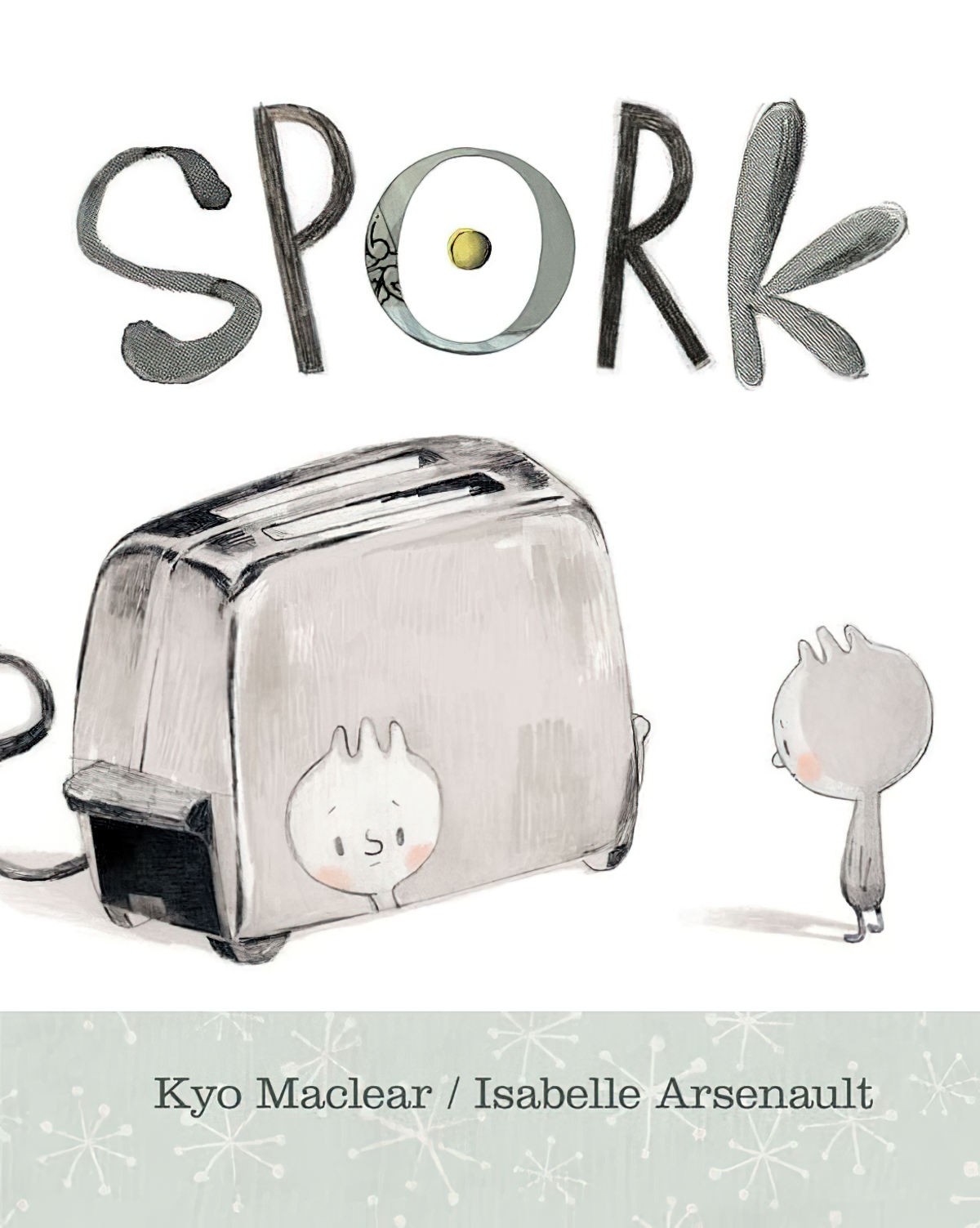
THE SURPRISE KITTEN
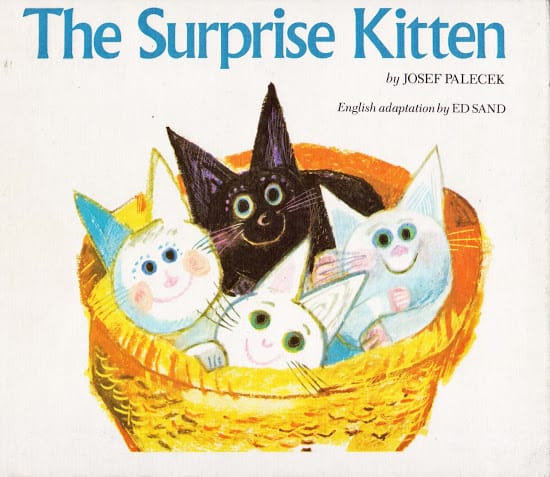
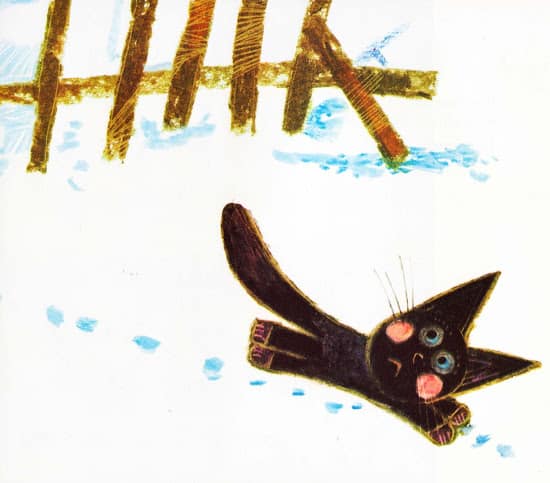
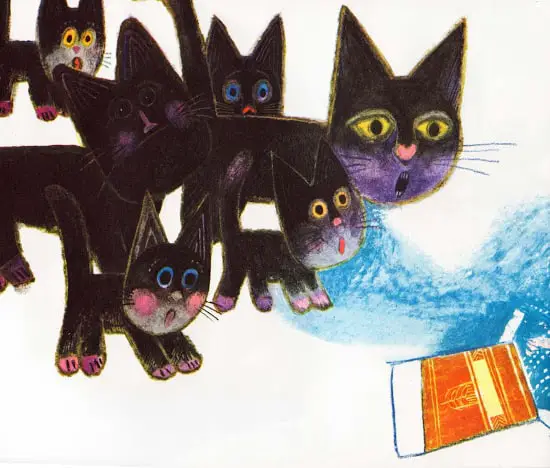
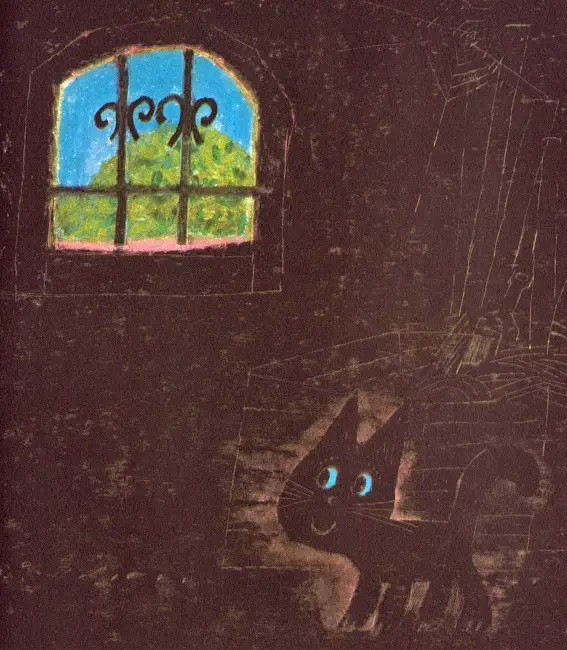
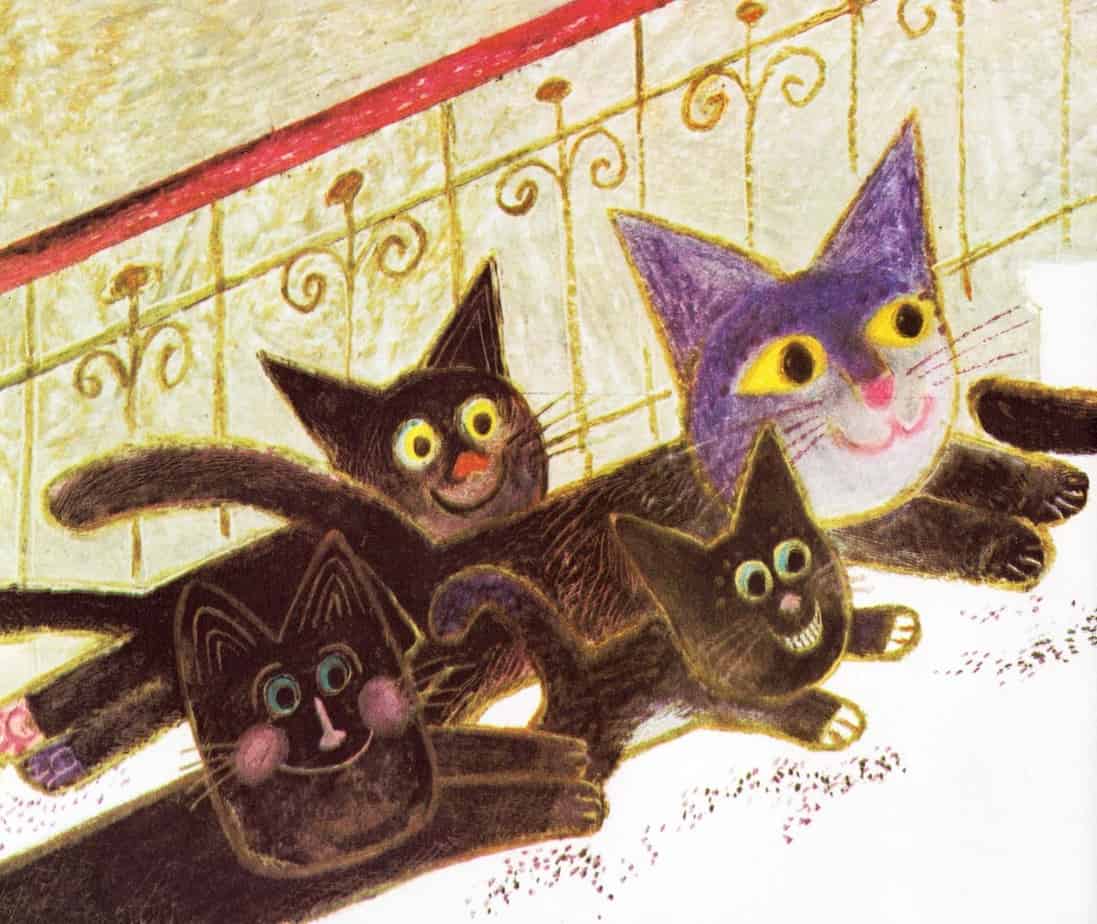
Picture books as listed above teach children ‘You are fine the way you are’. Closely related: the instruction to just be yourself. Underlying this message is the ideology that there is such a thing as the One True Self.
Is there such a thing? And even if there is, might these ideas stop being useful after a certain age? This notion is very Western.
WESTERN, EDUCATED, INDUSTRIALISED, RICH, DEMOCRATIC
As you’ve probably realised by now, I loved Sean Carroll’s interview with Joseph Heinrich at the Mindscape podcast. They talked about the WEIRDness of the West. (Western, Educated, Industrialised, Rich and Democratic.)
The discussion drove home to me just how Western my readings of narrative is. They put into words a few ideas I’ve been nascently interested in myself, such as how in the West, we’re obsessed with the notion of the ‘one true self’. To behave differently in different situations is considered two-faced (in a bad way), but in non Western cultures, this is considered necessary. In tentpole stories from the West (ie. Hollywood), a ‘happy’ outcome is for a character to learn who they ‘really are’, as if the ‘one true self’ is even a thing.
A word I hate to use in English is I. It is a melodramatic word
Yiyun Li, Chinese born American writer who emigrated to America age 23
Main aspects of a WEIRD person
- WEIRD people are individualistic rather than relational, focusing on individuals’ attributes and aspirations instead of thinking about relationships between people (leading to overconfidence and a tendency to self-enhance rather than to humility). A lot of emphasis is on creating a unique, high-value individual self. This kind of thinking pushes us into going to the gym and reading interesting books.
- WEIRD cultures are much more interested in guilt. (If you don’t do well, it’s clearly your own fault.)
- Analytic rather than holistic thinking. Looking for categories, assigning properties rather than looking at background relationships in context.
- A concern with impartial principles over the kind of in-group loyalty and social relationships that govern so much social structure.
- WEIRD people are more future-oriented, or more willing to extend their selfhood to other places and times and act in a way that benefits the future self. (Deferring gratification is a Protestant thing.)
- On the topic of time, WEIRD people think about time in absolute sense. Many of us learned to read time on a clock with numbers, where the hand moves around the clock. That’s actually a number line, a linear number line that’s been wrapped around in a circle.
- WEIRD people think that there is virtue in being the same when acting with different sets of people, whereas non-WEIRD societies take for granted we would act differently in different circumstances. Non-WEIRD people have classifactory relationships, evident in customs such as calling someone ‘uncle’ who is not your uncle. This reminds you to treat this guy as you’d treat an uncle, rather than as you’d treat a same-age friend. WEIRD cultures valorise the ‘single unified self’ that behaves the same way to all different people in all different circumstances. There is popular discourse about finding your true self. “It’s somewhere in there. If I can just find it, I’ll be happy.” In contrast, non-WEIRD cultures consider it wise and sensible to not always present the same face in a different situation.
Discussion Question: Do You Act Like Someone Else?
In an interview on the Incredibly Interesting Authors podcast, creator of Dilbert, Scott Adams [milkshake duck], dismisses the common advice to ‘just be yourself’ whenever you’re faced with a difficult situation in which you don’t feel confident. Instead, he advises to act like someone else. He argues that everyone acts all the time, according to how they think they are expected to perform.
- What do you think of this advice?
- Do you think you have an ‘essential self’?
- If so, when does this essential self come out? Are some people better at acting parts than others?
- How do you think you are at acting the role that is expected of you? Do you think that people who can act the part end up doing better overall than those who can’t/don’t?
- Does the expectation to act different parts according to circumstance vary from culture to culture?
We tell ourselves stories that can’t possibly be true, but believing those stories allows us to function. We know we’re not telling ourselves the whole truth, but it works so we embrace it.
All Marketers Are Liars, Seth Godin, page 2
Discussion Question: Are there downsides to expressive individualism?
In research on American high schools, one finds the idea that American schools are intertwined with notions of “expressive individualism” — the idea that human beings should find out and be true to who they really are on the inside. Might this also contribute to school shootings?
Suburban high schools, in particular, are seen by the middle class as places to accomplish expressive projects. Sociologist Robert Bulman points out, for example, how Hollywood films set in suburban settings focus on student journeys of self-discovery, while urban school films focus on heroic teachers and academic achievement. In the same vein, many suburban school shooters see what they are doing as acts of self-expression.
Reading stories of school shootings, one often finds moments in which the shooters claim that something inside, whether hatred or frustration, needed to find expression. An example of this is the manifesto left by Luke Woodham, who shot two students in 1997. “I am not spoiled or lazy,” he wrote, “for murder is not weak or slow-witted, murder is gutsy and daring.” The school became the place where Woodham thought he could express the gutsy and daring person he found on the inside.
Why security measures won’t stop school shootings
Much of the world’s most popular memoir and fiction — from J.D. Salinger’s The Catcher in the Rye to Cheryl Strayed’s Wild to Miguel de Cervantes’ Don Quixote — centers on the idea that we might go out into the unknown and come back having found our singular, definitive self. Motivational speakers build brands on that idea.
Cody Delistraty
(This story is a very popular mythic structure and is at least as old as “The Odyssey”.)
FURTHER READING
Hollywood films share ideologies in common with children’s stories. Individuality as prized in humans is one example:
Parents and schools should place great emphasis on the idea that it is all right to be different. Racism and all the other ‘isms’ grow from primitive tribalism, the instinctive hostility against those of another tribe, race, religion, nationality, class or whatever. You are a lucky child if your parents taught you to accept diversity.
Roger Ebert
- 10 Reasons Why Naked Mole Rats Will Inherit The Earth, from io9
- How Rare Are Your Physical Traits? (a YouTube video)
- Philosopher John Locke on personal identity. Locke once said that if you took a Prince’s memories and implanted them into the brain of a cobbler, the cobbler would be the Prince, because memory is what makes the person.
On Reddit/funny someone posted this picture:

Reddit users thought immediately of Gotye’s music video for “Somebody That I Used To Know“.
But the first thing I thought of was Elmer the elephant:

THE AUTHENTIC SELF AND AUTISM
When we talk about ‘authentic self’, there’s a neurotypical bias. Autistic people frequently talk about masking. How is this different from the masking everyone does, because different environments require different parts of self?
For non-autistic people, each of those personas is going to be a variation of their authentic self. They’re unlikely to be hiding really core parts of themselves in each of those different domains, and within each of those masks. Whereas for an autistic person, the public facing mask we adopt may bear almost no resemblance to the person we are when we’re not masking. For some autistic people it goes so far as choosing a character from a television show or a book and becoming that character when you’re in a public environment or a social setting.
The other element that differentiates autistic masking from neurotypical differentiation, if you like, is that often for autistic people there’s a real element of safety and self-protection involved in masking. If we do things that are visibly autistic in a public environment, that can put us at risk of harassment, of discrimination, of even violence, depending on the context. So there’s definitely an element of self-protection that comes with autistic masking, to doing your best to make yourself not look like a disabled person, if I can put it that way.
Jac den Houting: why everything you know about autism is wrong
Neurotypicals ‘differentiate’; Autistics ‘mask’.
